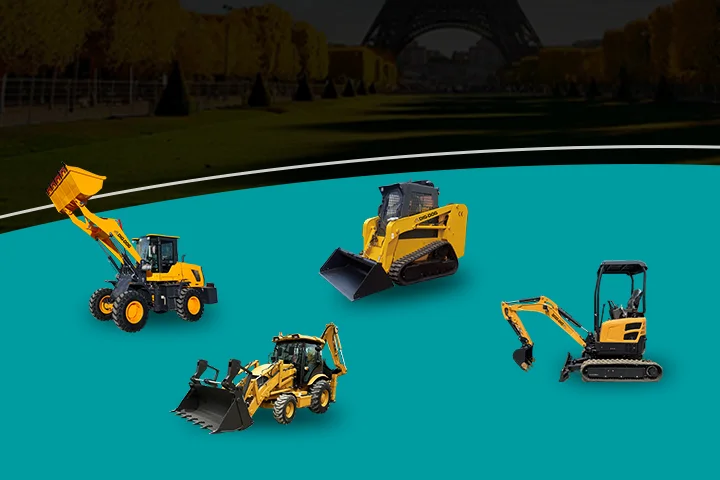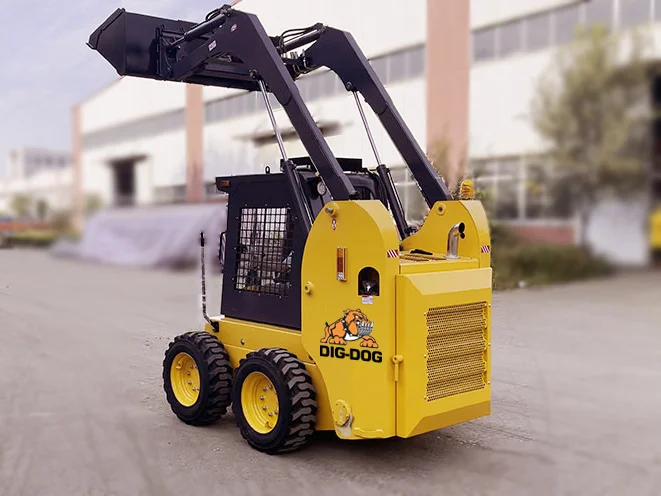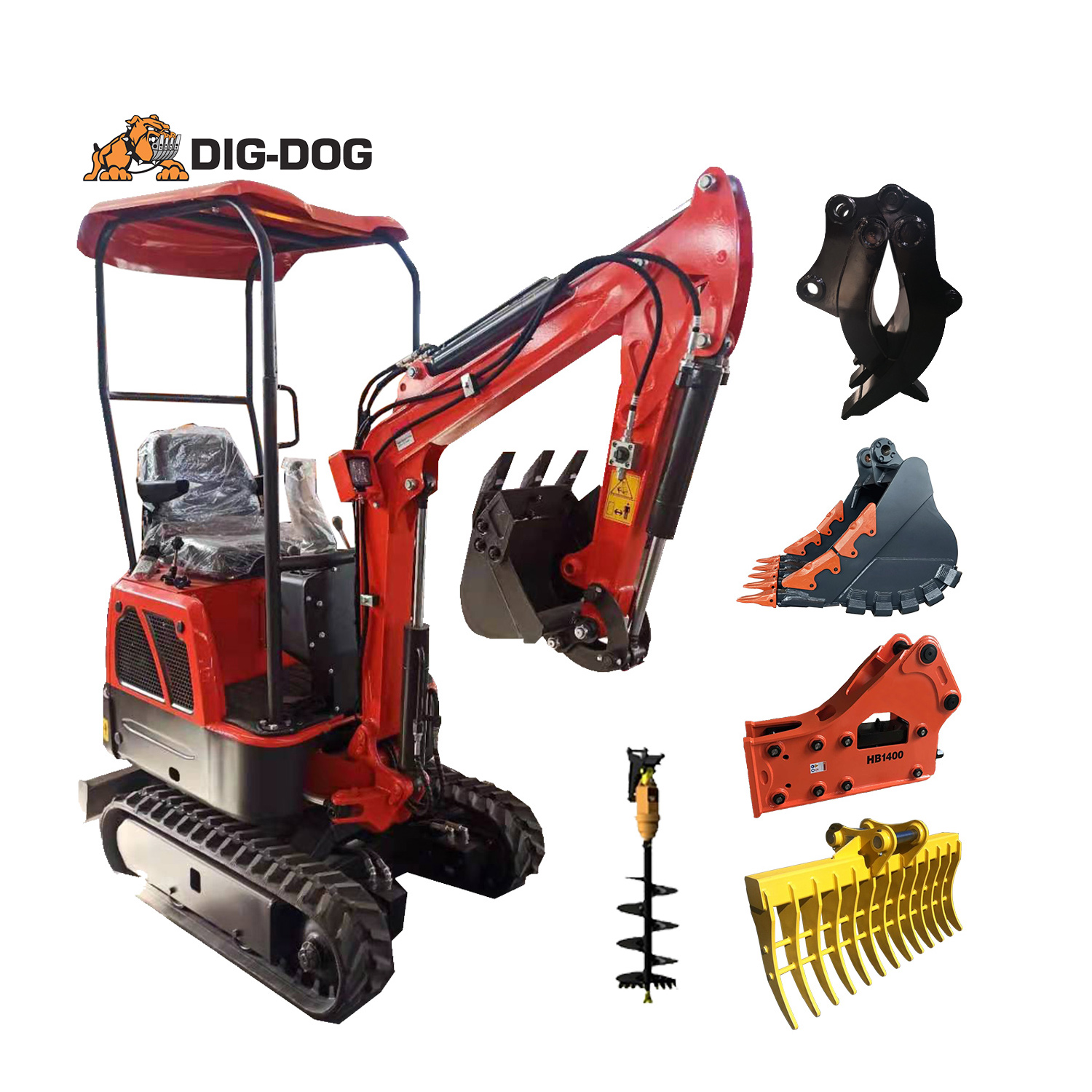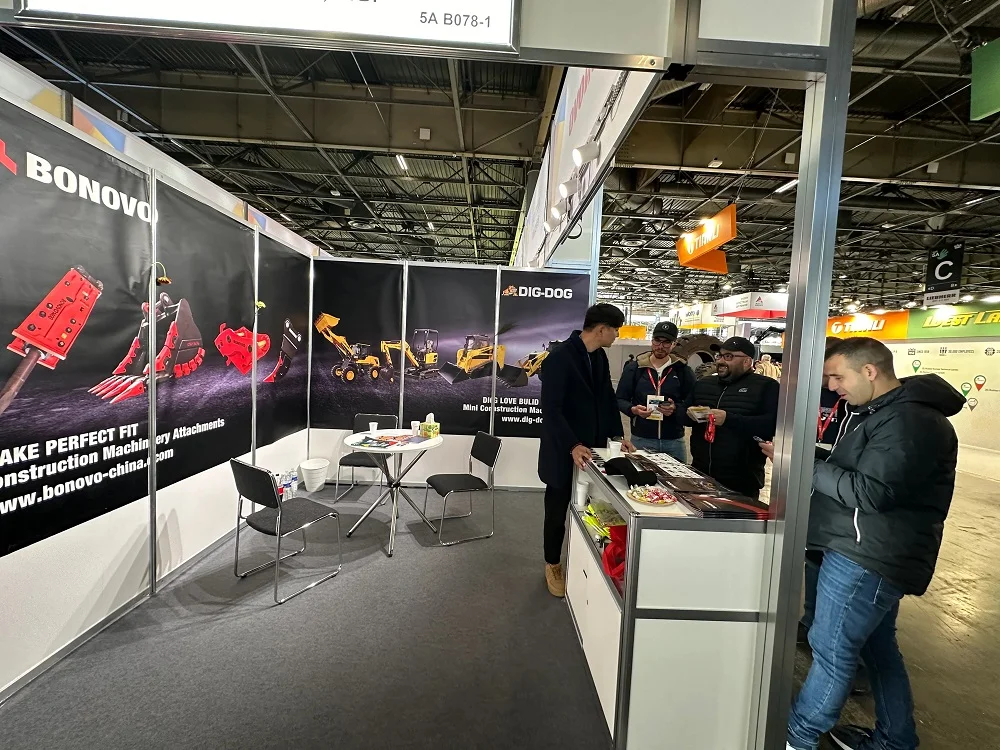If you’ve never been around skid steer loaders and want to enter the market, you need to know the basics. The customer base for these products will generally know exactly what they’re looking for in terms of features and options. Your challenge is to predict what they want ahead of time so you can order the right machines.

First, just to ensure the right nomenclature, skid steer loaders have tires. Compact track loaders are similar machines with rubber tracks. Skid steers generally cost less, and have less traction especially in wet conditions. The added expense for compact track loaders may be justified because landscapers and others can return to the job site earlier after a rain. Rubber tracks do wear out very rapidly in certain conditions, and are 4-5 times more expensive to replace than tires. Customers transitioning from skid loaders to track loaders need to understand that warranty doesn’t cover worn out tracks, regardless of the age of the machine.
Understanding Specifications
All skid loaders are rated by engine horsepower (no PTO to worry about here) and come in different frame sizes. Customers moving material in open spaces won’t care as much about the physical size of the machine, but those operating in close quarters may want the most horsepower available in the smallest frame.
While horsepower is important, what the customer usually cares about is how much weight they’ll pick up. There are three main ways of rating lift capacity. Manufacturers measure tipping load by lifting the boom to its maximum height on solid, level ground, and slowly adding weight to the bucket until the machine physically tips over. The weight it took to topple the machine is tipping load. Operating capacity is generally half that amount, which is the weight that can safely be carried in the bucket on most terrains. There’s also breakout force, which measures the amount of weight the bucket will lift before it exceeds the capacity of the hydraulic system. If the breakout force is greater than tipping capacity, the back end of the machine may lift off the ground when trying to pick up an extremely heavy load.
Some manufacturers offer both radial and vertical lift. Radial lift arms, hinged at the back tower, swing out in an arc as they’re raised, going out first then coming back toward the top of the machine as they reach maximum lift height. Vertical lift machines use a combination of hydraulics and additional arms to lift straight up and may be preferred, if the main application is loading in dump trucks.
Controlling the Machine
There are basically three different control options on skid loaders. The most common systems are mechanical hand and foot controls. The hand levers move the equipment forward, in r everse and to turn it, much like the controls on a zero-turn mower. The operator’s feet control the boom and bucket. The left pedal makes the boom go up and down and the right makes it tilt and curl.
Another mechanical system uses the handles only, and it’s commonly referred to as the “Case” system because it’s common on the older machines from that manufacturer. The levers control ground speed and steering, as with the previous system, but a wrist motion moves the bucket and boom. Twisting the left wrist away from the body makes the boom go up, and twisting the wrist toward the body makes it go down. The right wrist controls the bucket in a similar manner. Finally, “joystick” or “pilot” controls use electro-hydraulics for the left hand to control ground speed and direction and the right hand controls the buckets and boom. The latter system is generally the most expensive. Customers are likely familiar with one system and won’t accept a machine with a different style of controls.
Hydraulics are an important part of a skid steer loader and every machine will likely be equipped with remote hydraulics accessed with flat-faced couplers on the front of the boom. Many machines have an optional high flow hydraulic system, generally above 30 gallons per minute. High-flow machines provide the hydraulic power needed to run mulchers, which use a large drum to pulverize trees and underbrush.
Some machines can be ordered with air ride seats, accelerator pedals (which won’t work with foot controls), cold starting kits for the northern climates and extra weights.
There are also many options for skid loader buckets. They’ll generally run from just wider than the width of the tires or tracks up to 96 inches. Most companies offer options for low profile, dirt and foundry work and light material buckets, each with a slightly different application. Some customers will require a bolt-on or weld-on cutting edge or tooth bar, which is generally installed on existing buckets.
All of these configurations and options can be overwhelming when ordering the first machines. It’s a good time to confer with other dealers with the same brand in similar markets to make educated guesses. Unless it’s a new product, the skid loader company will know the popular configurations. It will pay to extensively research the product offering and talk to a wide variety of possible customers before placing the first order.
 Unveiling the Top 10 Must-Have Construction Vehicles for Your Business
Unveiling the Top 10 Must-Have Construction Vehicles for Your Business
 How High Lift Skid Steers Save You Time and Money
How High Lift Skid Steers Save You Time and Money
 Attachments Turn Mini-excavators Into Multipurpose Machines
Attachments Turn Mini-excavators Into Multipurpose Machines
 BONOVO Group at INTERMAT 2024 Paris Exhibiton
BONOVO Group at INTERMAT 2024 Paris Exhibiton